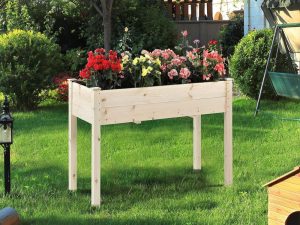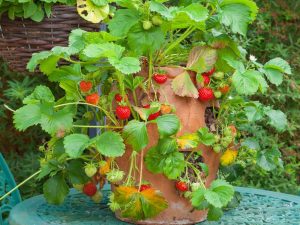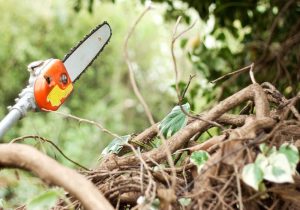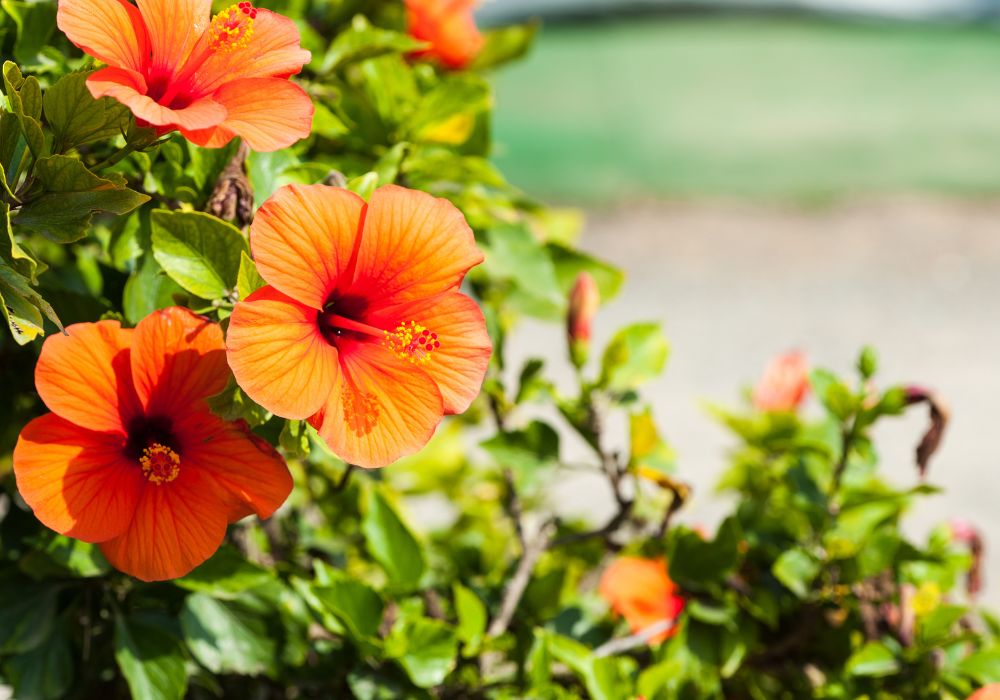
Hibiscus flower brings a tapestry of colors to your garden. These tropical flower are great for those starting out their gardening journey. It does not take that much to make the seeds blossom into beautiful flowers and maintain their looks for a long time.
This article guides you in growing hibiscus in your own garden. We will also add other gardening tips to make the process fun and easier.
Overview of the hibiscus flower
Contents
Renowned for their big, vivid blossoms, hibiscus flowers fall from a varied genus with both annual and perennial species. Among the many colors available, red, pink, orange, yellow, and white, these flowers are most known for their trumpet-shaped blossoms. Every bloom has a noticeable stamen that accentuates their look dramatically. Depending on the species, Hibiscus plants can range in size from little shrubs to bigger tree forms, which makes them flexible in both use in landscaping and growth pattern.
Growing hibiscus flowers has many advantages beyond only their aesthetic value. For first-time gardeners trying to have a big impact with little work, these reasonably easy-to-care flowers are a great choice.
Furthermore attracting a variety of pollinators, including bees and butterflies, hibiscus flowers help to increase the biodiversity of your garden. They also find use in teas and cuisine, adding not only taste but also elegance. Their repeated bloom during the growing season guarantees long-lasting color and interest in any kind of garden.
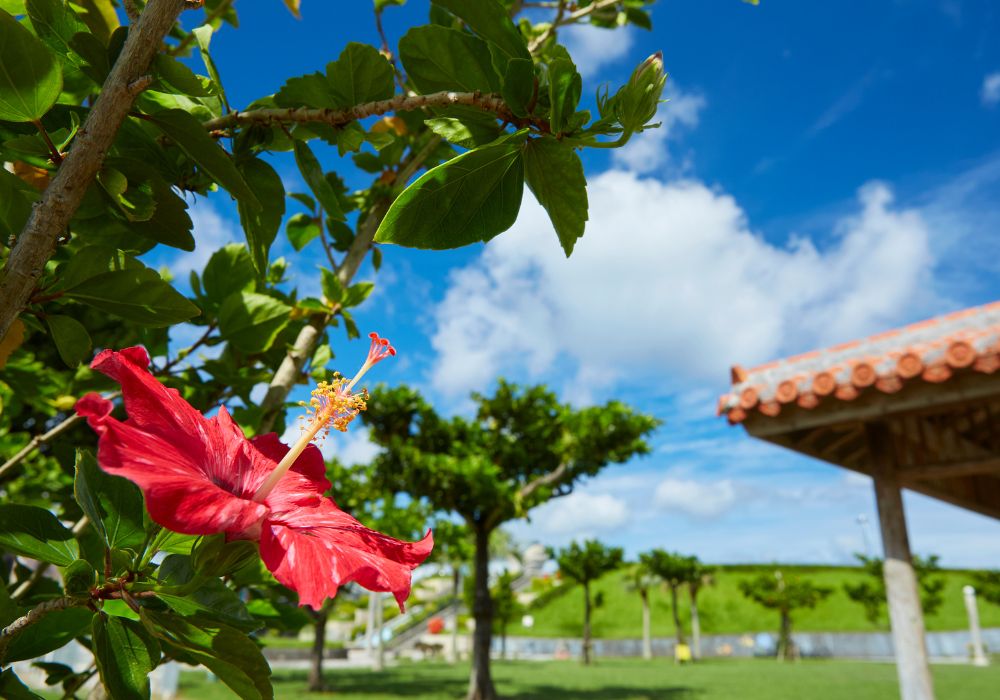
Choosing the Right Variety
Ensuring success in your gardening activities depends on choosing the appropriate type of hibiscus. Temperature tolerance, growth patterns, and bloom types among Hibiscus species vary greatly. Knowing the differences among the most often used varieties will enable you to select the best one for your garden’s look and climate.
Tropical vs. Hardy Hibiscus
With its glossy leaves and vivid, big blossoms, tropical hibiscus—also known as Hibiscus rosa-sinensis—is rather famous. It cannot withstand frost and thrives in warm climates. Growing as a potted plant that can be relocated indoors during colder months is ideal in cooler areas.
Conversely, the hardy hibiscus, such Hibiscus moscheutos, can endure frigid winters with temperatures much below freezing. Many gardens benefit from Hardy varieties as perennial landscape features since they often show more flowers.
Best Varieties for Different Climates
The tropical hibiscus is perfect for gardeners in warm, frost-free conditions. Varieties like “President Red” and “Double Orange” can be grown straight in the ground and offer ongoing blossoms.
If your area suffers frost, think about the hardy hibiscus. Varieties like “Lady Baltimore” and “Southern Belle” offer strong development and amazing, dinner-plate-sized blooms late in the summer as many other plants start to fade.
Selecting a variety fit for your local environment and taste will help you to confidently enjoy the rich beauty of hibiscus flowers in your garden. There is a hibiscus ideal for every environment whether your choice is the winter resilience of the hardy varieties or the striking blossoms of the tropical hibiscus.
Planting Your Hibiscus
Correct planting of your hibiscus lays the groundwork for a strong, colorful plant. Though both require careful timing, soil preparation, and location to maximize their growth potential, the right planting technique varies somewhat between tropical and hardy varieties.
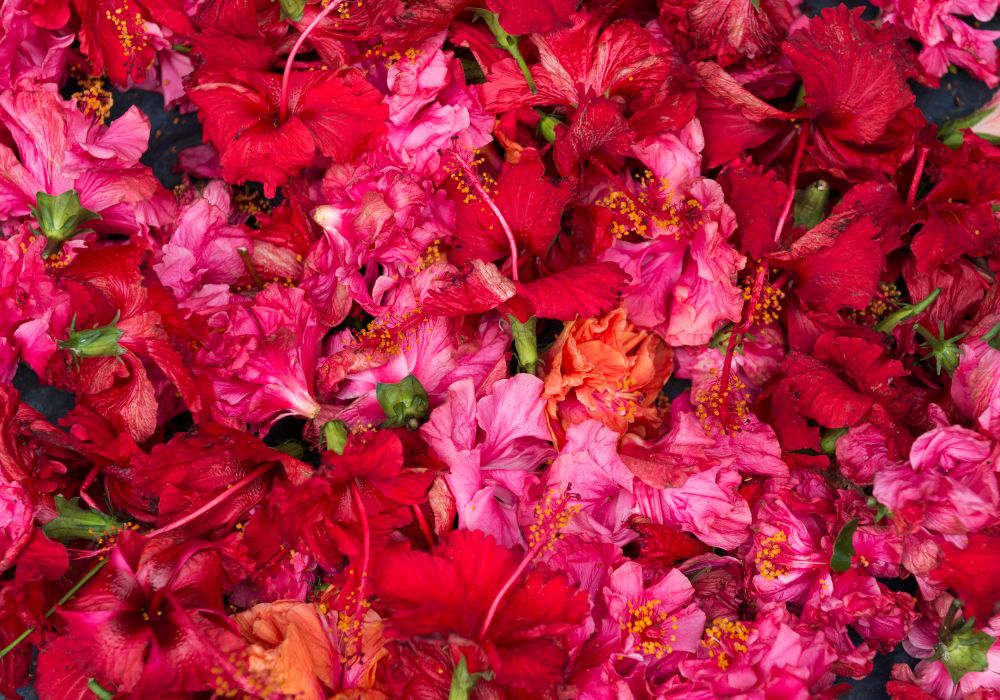
Best Time to Plant
Planting hibiscus ideally falls in late spring or early summer. Crucially for both tropical and hardy varieties, this timing lets the plants establish themselves during warm weather. Make sure any frost threat for tropical hibiscus has passed before outdoor planting. Though they too gain from the warmth to spur on their development, Hardy hibiscus can tolerate somewhat lower temperatures.
Soil Preparation
Hibiscus flowers grow best in well-draining organic-matter rich soil. To improve the fertility and drainage qualities of your garden soil, mix in aged manure or compost before planting. Maintaining a rather acidic soil pH between 6.0 and 6.8 is best for tropical hibiscus. Less concerned about pH, Hardy hibiscus gains from the same rich, organic soil.
Ideal Planting Locations
Choose a spot with lots of sunlight; for both kinds of hibiscus flower, at least six hours of direct sun daily is ideal. Hardy hibiscus can withstand more exposed conditions, while the tropical hibiscus likes a place covered from the wind. Good air circulation at the planting site will help to lower the pest and disease risk. To guarantee the best possible growth, choose a big pot with drainage holes and fill it with a premium potting mix for container gardening, especially for tropical varieties in colder climates.
Planting your hibiscus flowers correctly is a simple but necessary chore. Following these rules will help you to create a suitable environment that promotes your hibiscus to grow, so adding vibrant colors and tropical flair to your garden.

Caring for Your Hibiscus
Taking care of your hibiscus flower guarantees that these amazing plants continue to be healthy and create lots of vivid blossoms. Along with helping them grow, regular maintenance chores including watering, fertilizing, and pruning improve the quality and frequency of the blooms.
Watering Requirements
Hibiscus flowers need constant moisture to flourish. Once the top inch of soil feels dry, water your hibiscus thoroughly, usually meaning a complete soaking that reaches far into the root zone. This approach guarantees enough hydration and helps the roots to grow deeper, so strengthening the basis and increasing the drought resistance of the plant. Because they prefer humid conditions, tropical hibiscus requires regular watering; hardy hibiscus varieties are more resilient and can manage with somewhat less frequency. Both varieties, though, gain from a consistent watering schedule that reduces stress and encourages rich, luxuriant growth.
Fertilizing Tips
Being fed a balanced, slow-release fertilizer high in potassium helps hibiscus flower tremendously for best development and continuous blooming. Flower production and general plant vigor depend on potassium, which also helps the hibiscus blossoms to be both larger and more colorful. Apply fertilizer every few weeks throughout the active growing season to preserve high soil nutrient levels.
Fertilization should be cut back, though, during the winter when the plant naturally slows down its growth. Changing your feeding plan to fit the season helps you to make sure your hibiscus flowers stays healthy and vivid, able to create magnificent blooms year after year.
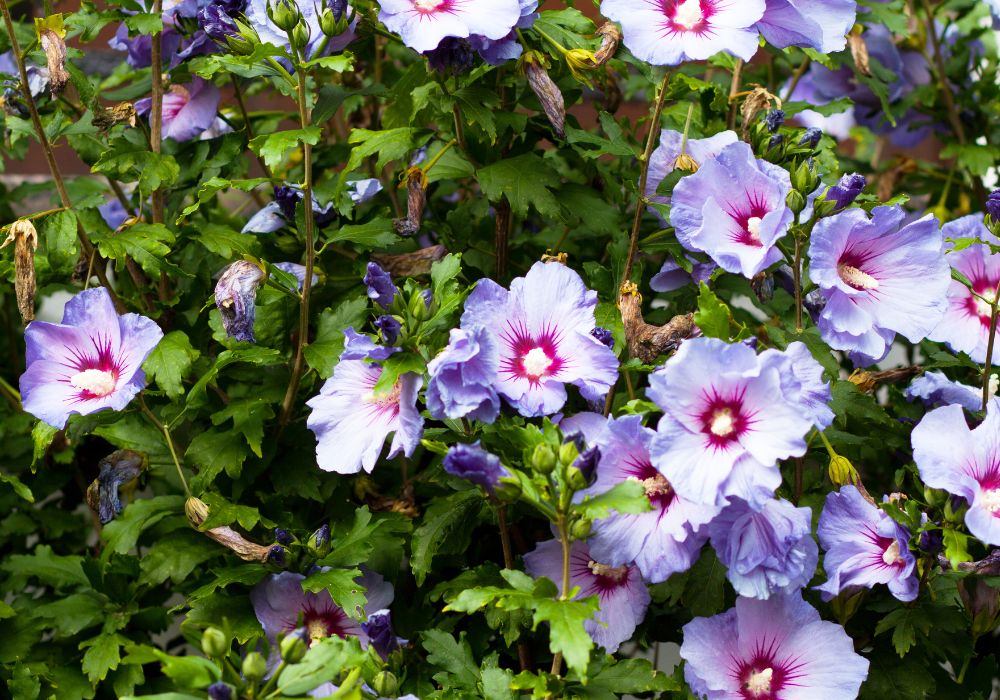
Pruning Techniques
Maintaining a strong framework and boosting more hibiscus flowers depend on pruning. Prune early spring for tropical hibiscus to shape the plant and eliminate any weak or dead branches before fresh growth starts. Usually dying back to the ground in winter, Hardy hibiscus requires early spring pruning, cutting back the old stems to roughly 4–6 inches above the ground.
Good care will pay off with a healthy hibiscus flower that brightens your garden with its big, vivid blossoms. Frequent maintenance of watering, feeding, and pruning will help to guarantee that your hibiscus stays a highlight of your landscape.
Pest and Disease Management
Managing pests and diseases is a critical aspect of hibiscus care to ensure your plants remain vibrant and healthy. Hibiscus flowers are susceptible to a range of common garden pests and diseases, but with the right knowledge and strategies, you can protect your plants effectively.
Common Pests Affecting Hibiscus
Several pests that feed on Hibiscus leaves and flowers can be drawn to the plants, so causing possible major damage.
- Aphids: Clustering on the undersides of leaves and stems, aphids are small, sap-sucking insects that excrete a sticky substance known as honeydew, which might produce sooty mold. Aphid numbers can be reasonably controlled with a strong spray of water or neem oil applications.
- Spider Mites: Spider mites can cause the leaves to seem speckled and cause major leaf drop. Rising humidity around your plants can discourage spider mites; in extreme infestations, miticides can be applied.
- Whiteflies: Whiteflies excrete honeydew and suck sap, much as aphids. Especially dear to them are tropical hibiscus flowers. Applied carefully to the undersides of the leaves, insecticidal soaps or horticultural oils can be quite successful against whiteflies.
- Mealybugs: Mealybugs show on the leaves and stems as white cottony masses. Insecticidal soap or dabbing them with an alcohol-soaked cotton swab will help remove them.
Common Diseases Affecting Hibiscus
Hibiscus are also prone to several diseases, mostly fungal, which thrive in conditions of high humidity and poor air circulation.
- Fungal Leaf Spot: Manifested as black or brown spots on the leaves, this disease can cause defoliation if left untreated. Improving air circulation around the plants and removing affected leaves can help prevent its spread. Fungicidal sprays may also be necessary for severe cases.
- Botrytis Blight: This fungus causes flowers and buds to rot, especially in cool, wet conditions. Keeping the area around your hibiscus clean and free of debris, along with reducing overhead watering, can help prevent the disease.
- Root Rot: Overwatering is a common cause of root rot in hibiscus flower, leading to a decline in plant health and eventually death if not addressed. Ensuring proper drainage and watering only when the top inch of soil is dry can help prevent root rot.
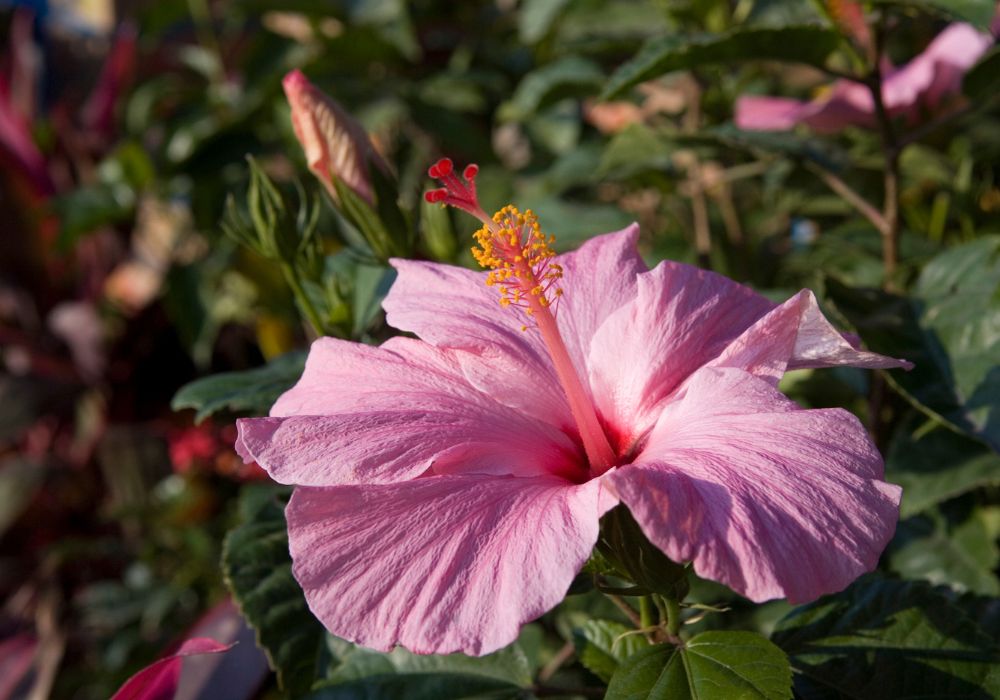
Prevention and Treatment Methods
Preventative care is essential in managing pests and diseases in hibiscus flowers. Here are some general tips to keep your plants healthy:
- Regular Inspections: Regularly check your hibiscus for signs of pests or disease. Early detection is key to preventing widespread damage.
- Proper Spacing: Ensure your hibiscus plants are spaced properly to enhance air circulation and reduce the risk of disease.
- Appropriate Watering: Water your plants at the base to avoid wetting the foliage, which can lead to fungal diseases.
- Cleanliness: Keep the area around your hibiscus clean and free of fallen debris to minimize the chances of disease and sheltering pests.
- Chemical Controls: Use chemical treatments as a last resort. Organic options like neem oil can be effective against both pests and mild fungal infections.
Implementing these management strategies will help maintain the health and beauty of your hibiscus flower, ensuring it remains a stunning feature in your garden for years to come. Regular and attentive care not only prevents the majority of common issues but also ensures that any problems are addressed quickly before they can cause significant damage.
Winter Care for Hibiscus
If you live in an area that gets frost, then particular winter care for your hibiscus flower is crucial to guarantee its survival and vitality over the cold months. Although Hibiscus plants may be sensitive to low temperatures, with proper care you can guard them and guarantee they will keep blooming breathtakingly year after year.
Understanding Hibiscus Cold Tolerance
Cold tolerance varies among hibiscus varieties. This is important to take into account while designing winter care. Particularly sensitive to cold and unable of survival at freezing temperatures are tropical hibiscus varieties including Hibiscus rosa-sinensis. These plants must be kept from the cold if they are to remain healthy and able to blossom; they flourish in consistent warm weather.
Conversely, hardy hibiscus species, like Hibiscus moscheutos, are strong and can survive far lower temperatures. These variances have evolved to withstand even light snowfall and frosts. Knowing the particular cold tolerance of your hibiscus variety will help you to give the necessary winter care to preserve these plants and guarantee their ongoing production of vivid hibiscus blossoms season after season.

Protecting Tropical Hibiscus
Gardeners caring for tropical hibiscus must be aggressive in shielding these plants from the cold. Moving tropical hibiscus indoors will help to prevent damage from low temperatures as the weather cools and before the first frost strikes.
Choose a spot inside your house that provides lots of natural light—a sunroom, enclosed porch, or south-facing window. This exposure is crucial since it replics the natural surroundings of the plant, so encouraging ongoing development and flowering possibility.
Your watering schedule has to change as well in the winter. Cut water frequency to avoid root rot, which is more common in colder months when development slows.
Make sure the soil stays just moist, though; never totally dries out. Your tropical hibiscus will survive the winter comfortably if you control light exposure and water intake, so preparing the environment for it to produce rich hibiscus flowers once it returns to more suitable outdoor conditions.
Mulching and Covering Hardy Hibiscus
A major component of winter readiness is laying a thick layer of mulch around the base of hardy hibiscus plants. Acting as an insulating blanket, this layer of mulch shields the roots from the cold and aids in the more constant soil temperature maintenance.
For this reason, organic materials like shredded bark, straw, or leaf mold are perfect since, as they break down, they add nutrients to the ground. Younger plants, which might not have completely developed root systems, and in places where temperatures routinely fall well below freezing depend especially on this insulating layer. Apart from mulching, burlap or a specific frost cloth covering the plants will provide extra defense.
These covers protect the plants from frost and strong cold winds, so extending the hibiscus flower viability for the following growing season. Although air circulation is still crucial to prevent moisture buildup and possible fungal problems, these covers should be fastened but not tightly wrapped around the plant.
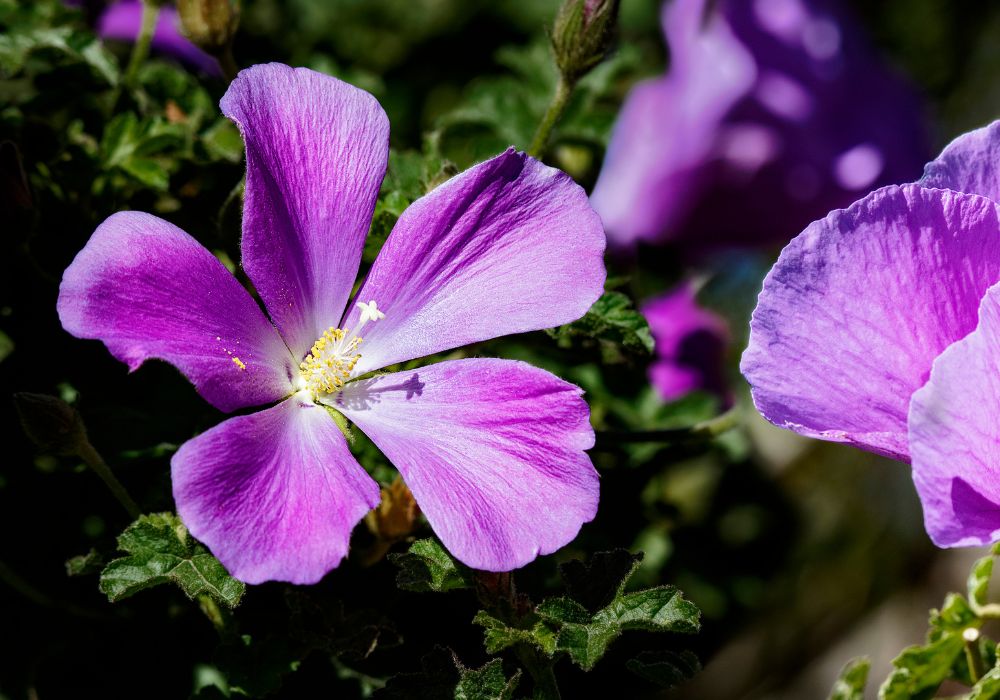
Pruning Before Winter
Once the hardy hibiscus flower has entered dormancy, pruning it in late fall or early winter is essential to preserving plant health and promoting strong development in the next spring. Emphasize removing any dead or diseased branches during this period to help stop the spread of pests and pathogens that might take advantage of compromised plant tissues.
Pruning also helps the plant to control its size and shape, so improving its whole appearance and performance in your garden scene. Strategic cuts also encourage the plant to generate fresh spring growth, which results in more robust branches able to support a lot of hibiscus blossoms. To avoid re-infection, dispose of any diseased material away from your garden and use sharp, clean pruning tools to make quick healing cuts.
Regular Checks During Winter
Maintaining the health of your hibiscus plants under protective conditions depends on constant winter monitoring of them. For indoor tropical hibiscus, make sure the place offers enough light and is free from drafts or too much heat from domestic heating sources to help the plants to dry out. Move your plants as needed to prevent leaf scorch or dehydration.
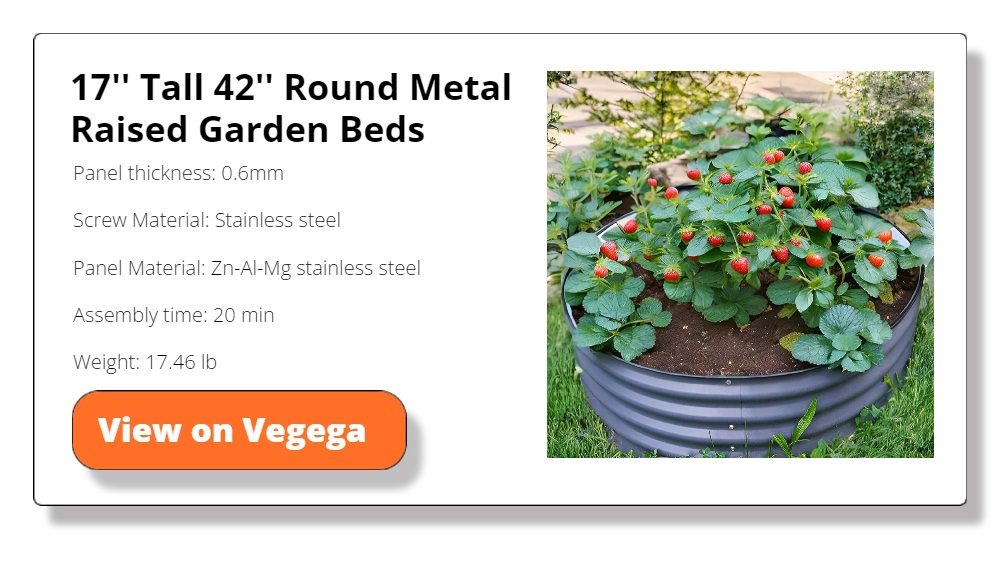
Particularly in view of weather events like heavy snowfall or strong winds, routinely check that the mulch layer is intact and that any protective coverings remain secure for outdoor hardy hibiscus. These checks are crucial to guarantee that the protective actions keep working, shielding your hibiscus from winter pressures and getting it ready for a great spring bloom cycle.
These actions will enable your hibiscus to survive the winter, so guaranteeing its ongoing viability and production of exquisite hibiscus flowers. Good winter care not only guards the plant but also prepares the ground for vivid spring bloom and growth.
Conclusion
Growing and tending to hibiscus flowers can be a fulfilling hobby that will provide your garden amazing colors and tropical flair. Planting, watering, and fertilizing these correctly guarantees their growth and brilliant bloom production. Protection of these fragile flowers from extreme conditions and diseases depends on winter care and pest control. Your hibiscus will keep accentuating your outdoor area season after season with careful attention.
For more flower guide, check out our gardening article for amaryllis flowers!



